 W
WArmenian Genocide survivors are Western Armenians who were not killed in the Genocide of 1915. Most of the survivors became refugees outside Turkey, the successor state of the Ottoman Empire.
 W
WHrachia Acharian was an Armenian linguist, lexicographer, etymologist, and philologist.
 W
WKrikor Amirian was an Armenian Revolutionary, who participated in the establishment of the First Republic of Armenia.
 W
WAram Andonian was an ethnic Armenian journalist, historian and writer.
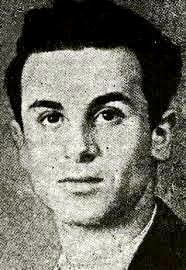 W
WKegham Mihran Atmadjian was a French-Armenian poet and editor.
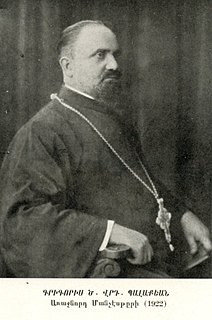 W
WGrigoris Balakian 1875 – 8 October 1934), was a bishop of the Armenian Apostolic Church, in addition to being a survivor and memoirist of the Armenian Genocide.
 W
WNona Balakian was a literary critic and an editor at the New York Times Sunday Book Review. She served on the Pulitzer Prize committee and was a board member of the Authors Guild and the Pen Club as well as a founder of the National Book Critics Circle, whose Nona Balakian Citation for Excellence in Reviewing is named for her.
 W
WZaven Der Yeghiayan was Armenian Patriarch of Constantinople in 1913–22. He was deported to Mosul during the Armenian Genocide.
 W
WArshile Gorky was an Armenian-American painter who had a seminal influence on Abstract Expressionism. He spent most his life as a national of the United States. Along with Mark Rothko, Jackson Pollock and Willem de Kooning, Gorky has been hailed as one of the most powerful American painters of the 20th century. As such, his works were often speculated to have been informed by the suffering and loss he experienced in the Armenian Genocide.
 W
WAram Haigaz was the pen name of Aram Chekenian, an Armenian writer who was born in the town of Shabin Karahisar, Ottoman Empire, and survived the Armenian Genocide in 1915. He was a young boy when his birthplace was attacked, and his first book, The Fall of the Aerie, published in English translation in 1935, is often cited by scholars and historians for its eyewitness details. He wrote ten books in his lifetime, as well as articles and essays for Armenian newspapers and magazines.
 W
WVarazdat Harutyunyan was an Armenian academic, architect and writer.
 W
WAram Karamanoukian was a Lieutenant General of the Syrian Army. He was also member of the Syrian Parliament. He is the author of several books. For his work as a scholar and military serviceman, Karamanoukian received medals from Egypt, Armenia, Lebanon, Syria, and France.
 W
WMalak Karsh, MPA. was a Canadian photographer of Armenian heritage best known for his photographs of Canada and the Ottawa region.
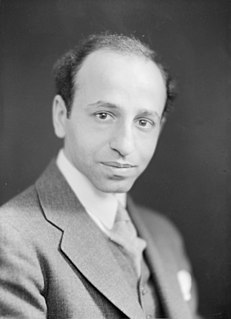 W
WYousuf Karsh, was an Armenian-Canadian photographer known for his portraits of notable individuals. He has been described as one of the greatest portrait photographers of the 20th century.
 W
WHampar Kelikian was an Armenian American orthopedic surgeon, who significantly extended the surgical field.
 W
WAghasi Ghevondi Khanjyan was First Secretary of the Communist Party of Armenia from May 1930 to July 1936.
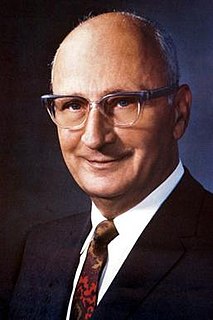 W
WAlexander "Alex" Manoogian was an Armenian-American industrial engineer, businessman, entrepreneur and philanthropist who spent most of his career in Detroit, Michigan. He was the founder of the Masco Corporation, which in 1969 was listed on the NYSE (XNYS:MAS). In 1954, he patented and brought to market the first successful washerless ball valve faucet, the Delta faucet, named for the faucet cam shaped like the fourth letter of the Greek alphabet.
 W
WMélinée Manouchian was a French-Armenian resistant, the widow of Missak Manouchian.
 W
WMissak Manouchian was a French-Armenian poet and communist activist. An Armenian Genocide survivor, he moved to France from an orphanage in Lebanon in 1925. He was active in communist Armenian literary circles. During World War II, he became the military commissioner of FTP-MOI, a group consisting of European immigrants, including many Jews, in the Paris region which carried out assassinations and bombings of Nazi targets. According to one author, the Manouchian group was the most active French Resistance group. Manouchian and many of his comrades were arrested in November 1943 and executed by the Nazis in Fort Mont-Valérien on 21 February 1944. He is considered a hero of the French Resistance.
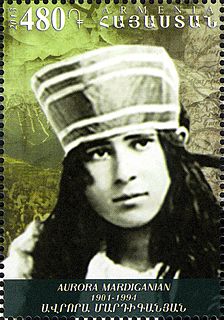 W
WAurora (Arshaluys) Mardiganian was an Armenian American author, actress and a survivor of the Armenian Genocide.
 W
WGeorge Magar Mardikian was an Armenian-American restaurateur, chef, author and philanthropist who opened Omar Khayyam's restaurant in San Francisco, California, in 1938. He is a nephew of Armenian revolutionary Krikor Amirian.
 W
WMurad of Sebastia was a well-known Armenian fedayee during the Armenian national liberation movement in the Ottoman empire. He was born in the Armenian village of Govdun (Կովտուն), about 20 km east of the town of Sivas to a poor rural family that had recently moved to the village. After working as a shepherd and farm labourer during his childhood, he moved as a teenager to Constantinople, where he worked for meagre earnings as a carrier. He joined the Social Democrat Hunchakian Party and in the 1890s participated in Armenian demonstrations protesting against the second-class treatment of Armenians within the Ottoman Empire.
 W
WThe Road from Home: A True Story of Courage, Survival, and Hope, earlier titled The Road from Home: The Story of an Armenian Girl, is a non-fiction book written by David Kherdian, originally published in 1979. It is based on the life of the author's mother, Veron Dumehjian (1907-1981), who survived the Armenian Genocide. During the deportations, the rest of her immediate family died. She returned to her native town, only to be displaced again by the Greco-Turkish War (1919–22). After settling in Smyrna, she was forced to flee once more due to the Great Fire of Smyrna. Veron escaped to ultimately settle in the United States. The book is widely read by middle school children throughout the U.S. and has been published throughout Europe. It has received a number of prestigious awards.
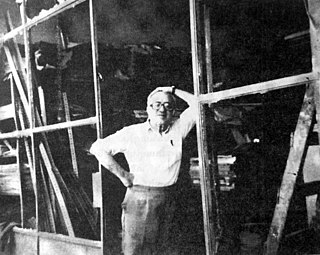 W
WSimon Simonian was an Armenian intellectual who founded the literary and social Armenian periodical Spurk.
 W
WArsène Tchakarian was a French–Armenian historian, former tailor and member of the French resistance. He was a member of the Manouchian Group of the FTP-MOI, a wing of the larger Francs-Tireurs et Partisans (FTP) composed of fighters of foreign immigrant origin. Tchakarian was the last surviving member of the Manouchian Group, a Paris-based resistance cell led by Missak Manouchian.
 W
WSoghomon Tehlirian was an Armenian revolutionary who assassinated Talaat Pasha, the former Grand Vizier of the Ottoman Empire, in Berlin on March 15, 1921. The assassination was a part of Operation Nemesis, revenge plan for the Armenian Genocide orchestrated by the Ottoman Imperial Government during World War I. Talaat Pasha had been convicted and sentenced to death in absentia in the Turkish courts-martial of 1919–20, and was viewed as the main orchestrator of the genocide. After a two-day trial Tehlirian was found not guilty by the German court, and freed. Tehlirian is considered a national hero by Armenians.
 W
WTeotoros "Teotig" Labdjindjian was an Armenian writer and publisher best known for his Armenian language almanac, Amenun Daretsuytsi. It was published annually, mostly in Constantinople, between 1907 and 1929.
 W
WVahe-Vahian, born Sarkis Abdalian, was an Armenian poet, writer, editor, pedagogue and orator.
 W
WArmenakis Yekarian was an Armenian fedayee. Yekarian was born in Van, Ottoman Empire. He joined the Armenian national liberation movement through the ranks of the Armenakans in 1888. His early education was at Varagavank monastery. In 1896, during the defense of Van, he obtaining weapons from Persia to organize self-defense in the city. He was imprisoned with 40 of his comrades and then released at the end of the conflict. Thereafter, he left the Ottoman Empire as required by the Sultan. He took refuge in Urmia in Persia. After the deposition of the Sultan by the Young Turk Revolution, he returned to Van in 1908. He joined the Van resistance in 1915. After the Armenian victory, they set up an Armenian provisional government, with Aram Manukian at its head. Armenak Yekarian became the police chief. Aram Manoukian, Armenak Yekarian and others tried to give a national-civil character to the exclusively militarized administration. In 1922, he emigrated with his family to Cairo, Egypt, where he died in 1926. His family moved to Soviet Armenia in 1947.
 W
WNairi Zarian was an Armenian poet and writer, the chairman of the Armenian SSR Committee for the Defense of Peace.